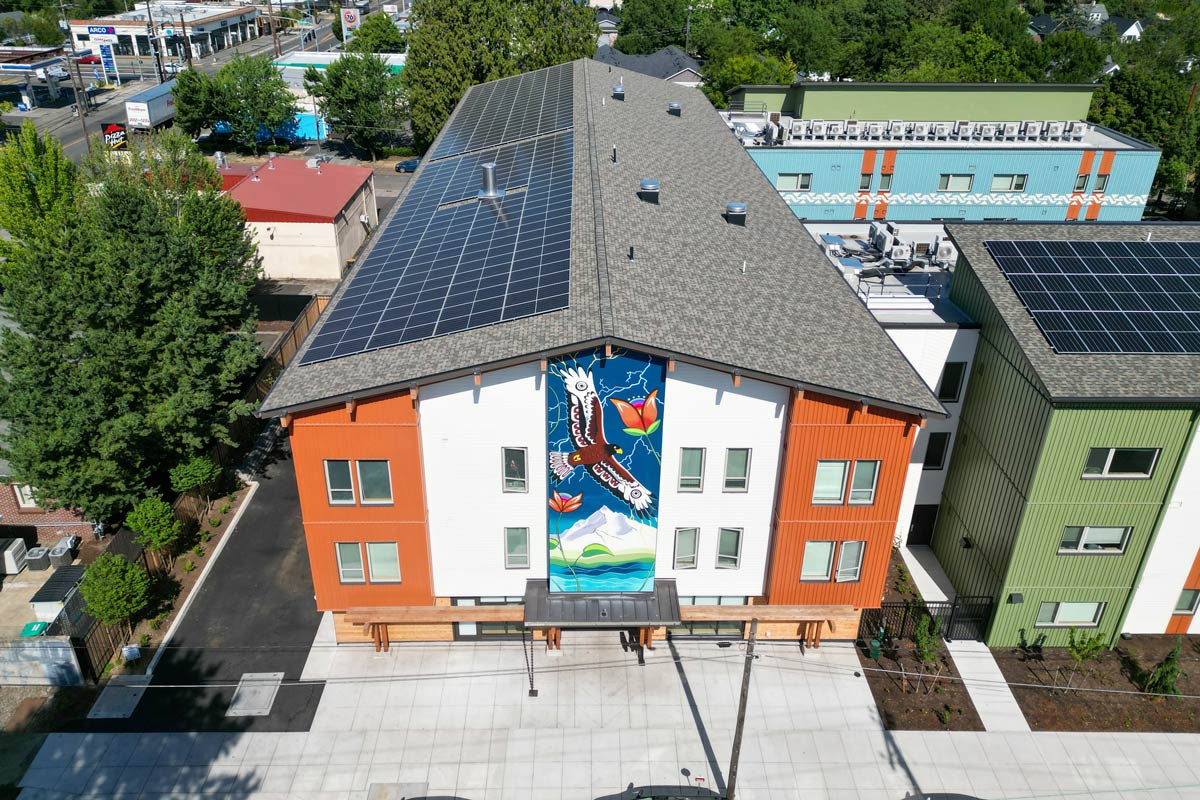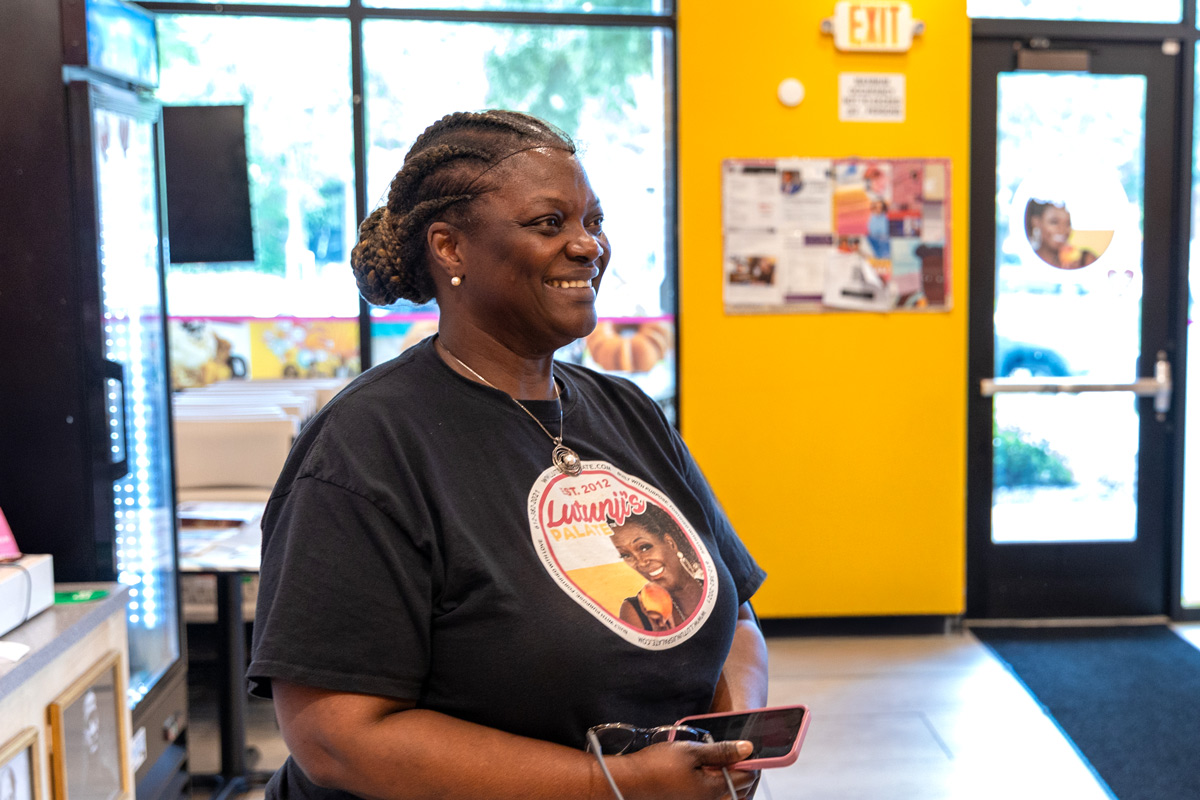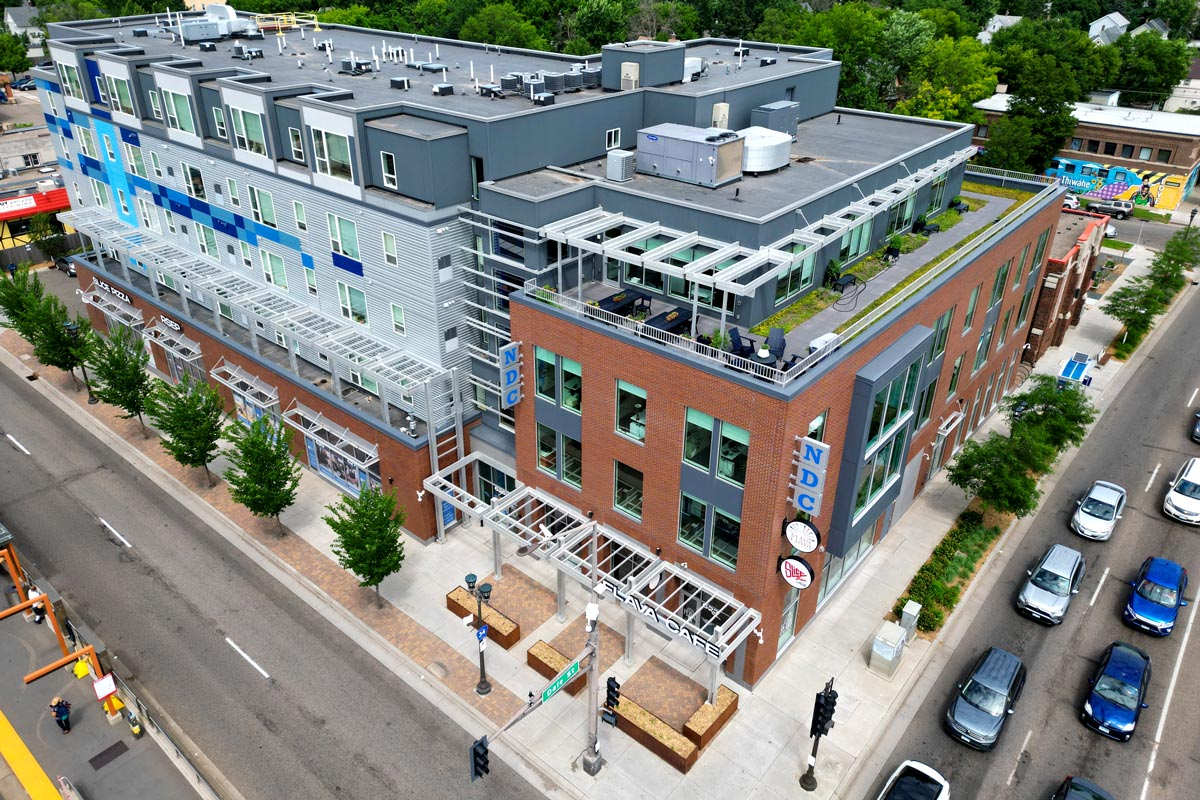
“In this moment, resilience alone is not enough. We need strong, courageous partnerships and investments.”
Oscar Arana (Chichimeca)
CEO, NAYA

Native youth enjoy options for healthy activities, including traditional Native American games and contemporary sports, at NAYA’s gymnasium.
“For generations, Indigenous people have resisted policies designed with the goal of erasure and disconnection from our culture. . . . We ask funders to stand firmly in alignment with their values, and ours, even in moments of uncertainty, and to continue investing in Indigenous-led solutions.”
— Oscar Arana (Chichimeca), CEO, NAYA
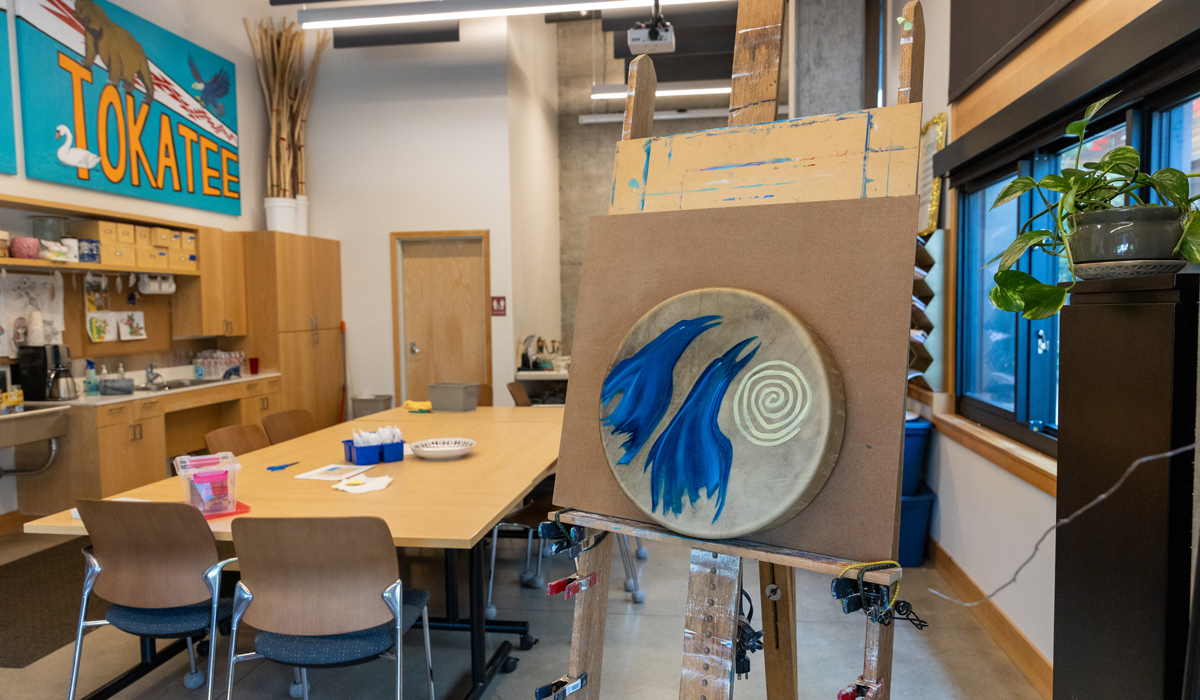
A community art studio of Mamook Tokatee (Make Beautiful), 56 units of affordable housing in the Cully neighborhood co-owned by NAYA and Community Development Partners, provides space for tenants to celebrate Native American culture through art.

Take, for example, Cicilio Goodlance (Oglala Lakota), NAYA’s adult GED success coach. His experiences with NAYA began when he was a 10-year-old taking part in after-school programs. Then he attended Many Nations Academy, NAYA’s culturally specific high school that features a college and career-readiness curriculum.
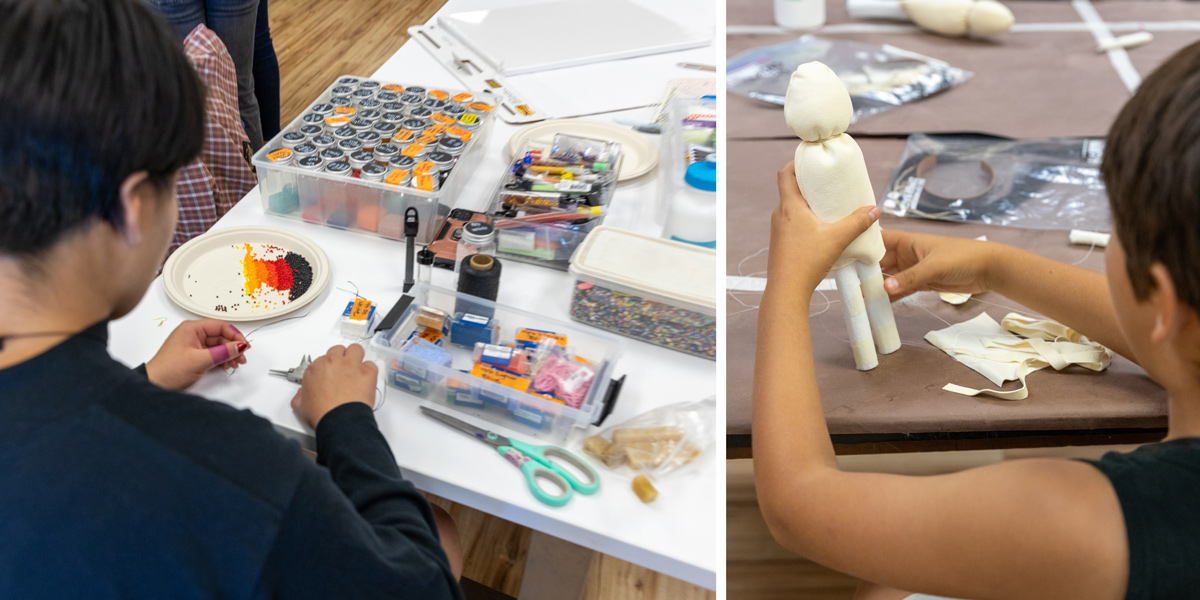
NAYA offers arts and crafts to the community, including (left) a culture night creating beaded jewelry, a modern-day version of a historic practice of creating jewelry from natural elements; and (right) Camp Rise, offering Native youth ages 8 and up culturally specific curriculum such as shaping clay to create and decorate a miniature human.
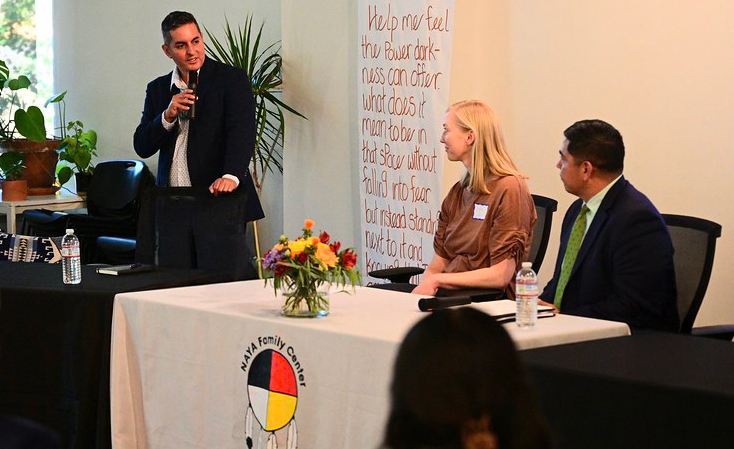
Left to right: Oscar Arana (Chichimeca), NAYA CEO; Jenny Glass, San Francisco Federal Reserve Community Development team member; and Rudy Soto, executive director of the National American Indian Council, participate in the September 2025 National American Indian Housing Council convening where Tribal leaders, housing and community development champions, funders, and key stakeholders gathered to discuss Native housing challenges, opportunities, and Native-led solutions happening in the Pacific Northwest. Photo courtesy of NAYA.

